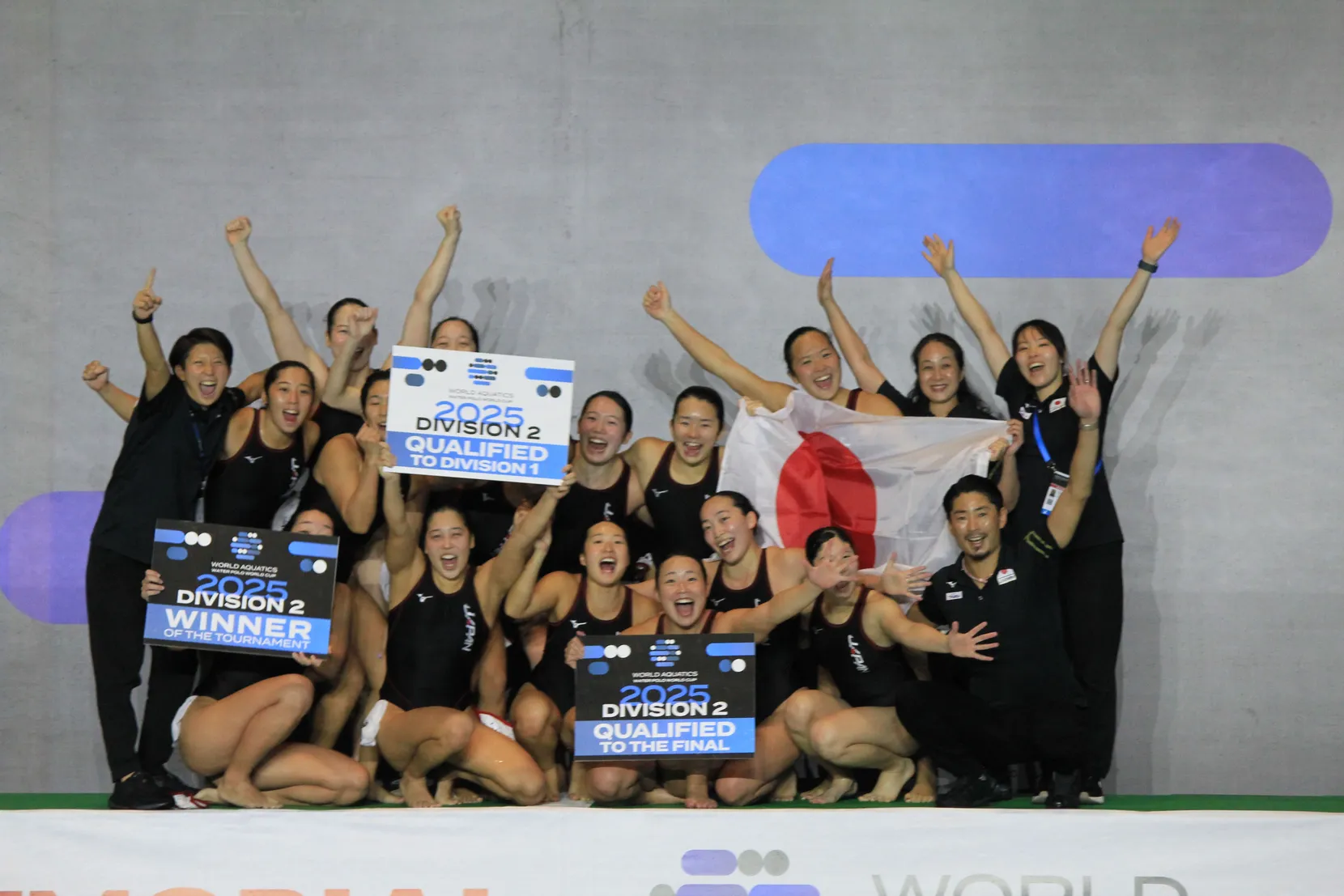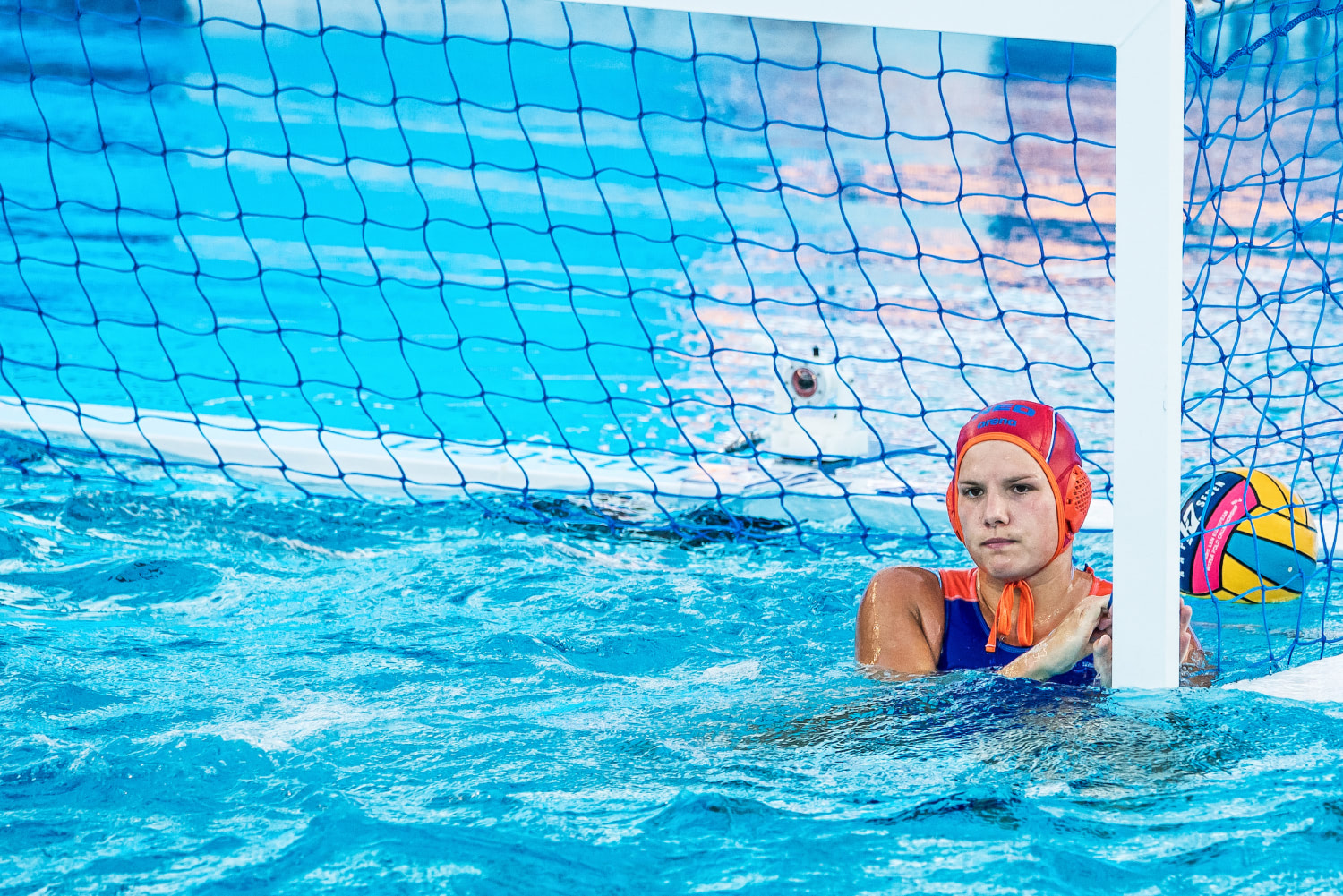
Japanese water polo has been steadily making its mark on the international stage, but the journey has been far from easy. From financial struggles to tactical evolution, the sport in Japan has faced many challenges. Yet, despite these obstacles, the country’s water polo scene is beginning to rise, particularly with the recent accomplishments of the women’s and men’s teams.
Women’s Team: Overcoming Financial Hurdles and Achieving Success
In 2024, the Japan Water Polo Federation faced a difficult decision: the women’s team would not participate in the World Aquatics Championships in Doha due to financial constraints. This was a setback for the team, but they bounced back quickly. By 2025, Japan’s women’s team made an impressive return, clinching the Division 2 World Cup title and securing a spot in the World Championship finals in Singapore. This achievement is a testament to the team’s resilience and dedication, despite limited resources.
While 2025 proved to be a year of success for Japan’s women, it was a quieter year overall in terms of official activities. The team’s focus shifted toward the men’s team’s preparations for the Paris Olympics. However, individual players sought improvement by joining overseas clubs, gaining invaluable international experience.
Akari Inaba, the women’s team captain, has been a vital leader in this period of growth. As the team continues to improve, they will no doubt benefit from more consistent opportunities and international exposure in the years ahead.

Men’s Team: Striving for Excellence Amid Amateur Challenges

The men’s water polo team has faced its own set of challenges. While the team has not yet reached the heights of some European or American teams, it has been steadily developing. Yusuke Inaba, one of Japan’s key players, sheds light on the unique difficulties of playing water polo in Japan. Unlike Europe, where professional teams and regular competitions exist, Japan’s water polo scene consists of just two major championships per year, with players balancing the sport alongside full-time jobs. This limited competition structure makes it harder for players to train and develop at the same level as their European counterparts.
However, despite the odds, Japan’s men’s team has made significant strides, with 10 players currently playing for European clubs to gain valuable international experience. Notable players like Yusuke Inaba, Suzuki Toy, and Taiyo Watanabe have embraced the European playing style and are sharpening their skills in some of the world’s top water polo leagues. Their experience abroad is key to strengthening Japan’s national team.

Tactical Growth: The Evolution of Japan’s Playing Style
One of the defining features of Japan’s water polo strategy is the Pass-Line Defense, developed by former coach Yoji Omoto. This tactical approach leverages the speed and agility of smaller players, making Japan’s counterattacks a major strength. The Pass-Line Defense has been crucial to Japan’s qualification for three consecutive Olympic Games, with counterattacks often being the team’s primary offensive weapon.
However, there is still room for improvement. Yoshinori Shiota, the head coach of the men’s team, highlights the need for more detailed plays and better 6-on-6 offense. The key to Japan’s future success lies in balancing their defensive strength with a more dynamic, creative offense that emphasizes teamwork and agility.
The Path Forward: Rising Awareness and International Growth
While Japan’s water polo teams have shown tremendous potential, there is still much work to be done, especially when it comes to raising awareness of their achievements. For example, winning the Division 2 World Cup by the women’s team was a major accomplishment, but it went largely unnoticed in the media. This lack of coverage can be attributed to limited resources and a reliance on traditional media outlets, but there’s hope that social media platforms can offer a solution.
By better utilizing digital platforms, Japan’s water polo teams can attract a global audience and generate the recognition they deserve. Increased media presence could help inspire more young players to take up the sport and elevate Japan’s standing in international competitions.
Looking to the Future
The future of Japanese water polo looks promising. The men’s team, with its growing presence in European leagues, and the women’s team, buoyed by their recent success, are both on the path to greater success. With the right resources, support, and continued growth in tactical play, Japan could soon emerge as a major force in international water polo.
The next few years will be crucial for the development of water polo in Japan. As more players gain experience abroad and the teams continue to evolve, Japan’s potential in the sport is limitless. By raising awareness and continuing to improve at all levels, Japan could soon make waves on the world stage like never before.





